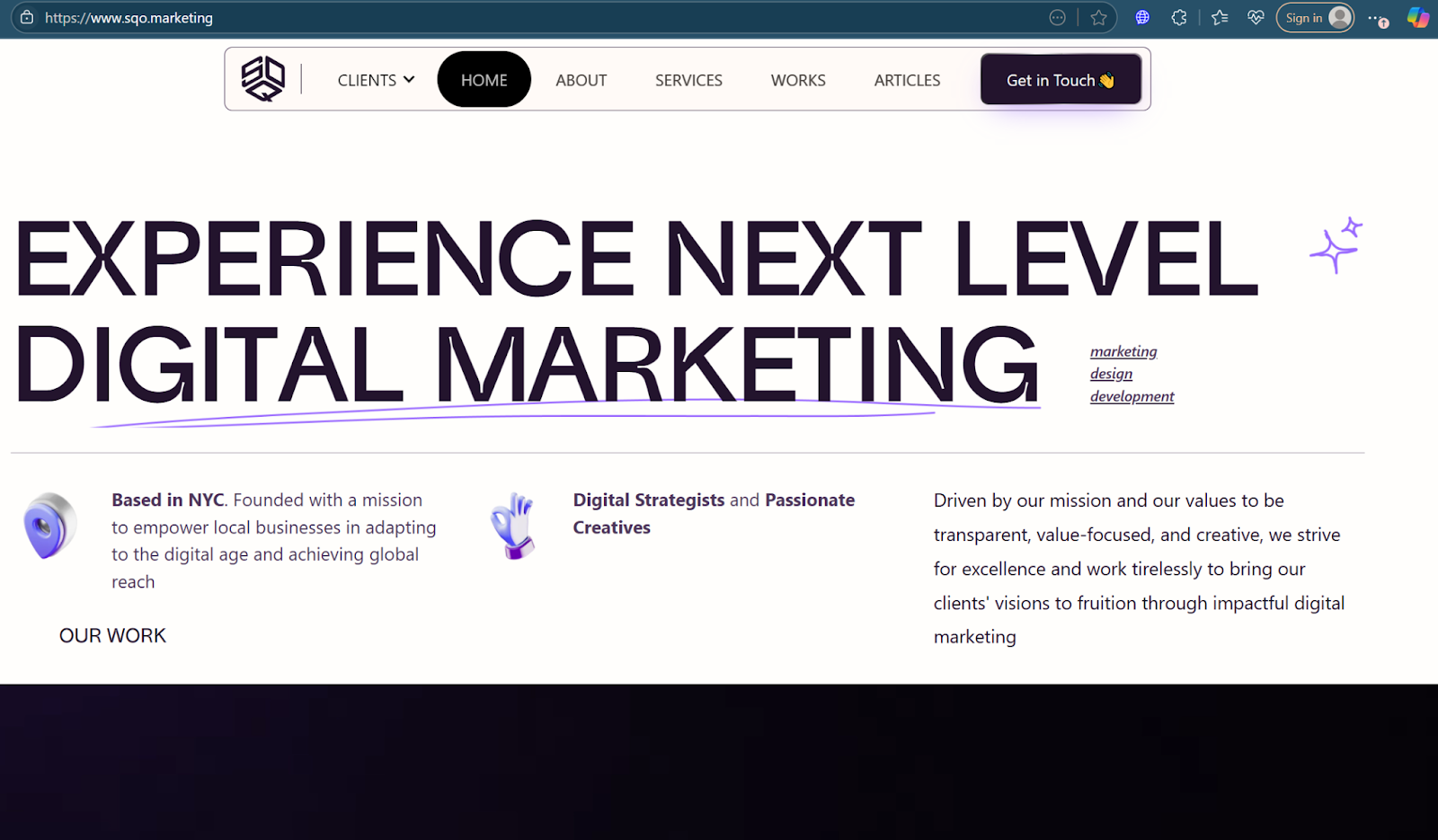
Core Web Vitals & UX in SEO: Why Speed and Usability Still Drive Rankings in 2025
In the age of AI-powered answers and evolving search behaviors, it's easy to assume that technical performance might take a backseat to content and language models. But in 2025, SEO success still depends heavily on user experience (UX), and Google’s Core Web Vitals continue to play a foundational role.
Whether you're running an ecommerce site, publishing a blog, or managing a service-based business, understanding how speed, layout stability, and interactivity impact both rankings and conversions is essential.
What Are Core Web Vitals?
Core Web Vitals are a set of specific, measurable signals introduced by Google to quantify user experience. These metrics go beyond traditional SEO signals like keywords and backlinks. They measure how a page feels to users when it loads and is interacted with.
The three primary Core Web Vitals are:
- Largest Contentful Paint (LCP): How long it takes for the main content to appear.
- First Input Delay (FID): How quickly the site responds when a user interacts.
- Cumulative Layout Shift (CLS): How much the page shifts as elements load.
Although Google continues to evolve its ranking algorithms, these signals remain highly influential in determining a page’s visibility in search results.
UX and SEO: Two Sides of the Same Coin
Historically, SEO and UX were often managed by separate teams with separate goals. But in 2025, successful digital strategies treat them as interconnected disciplines.
A fast, predictable, and user-friendly site not only ranks better—it also converts better. In fact, performance and content marketing work hand in hand.
For example, consider an education-sector site with strong content but poor Core Web Vitals due to bloated templates, uncompressed images, and excessive JavaScript. By optimizing their codebase, deferring non-essential scripts, and improving server response times, their site became faster and more stable. The result? Better rankings, reduced bounce rates, and increased conversions.

Source: Wilkeswood.com
Why Performance Affects Conversions
Core Web Vitals aren’t just about impressing Google—they’re about removing friction for your visitors.
Here’s how performance and UX directly impact your bottom line:
- Speed builds trust – Users are more likely to stay and interact with a site that feels immediate.
- Stability reduces frustration – Layout shifts and laggy buttons lead to abandoned visits.
- Clear design aids decision-making – Visitors convert when they understand what to do and feel confident doing it.
That’s why conversion rate optimization (CRO) and performance optimization should be part of the same strategy. Use tools like Google Lighthouse, WebPageTest, and real-user monitoring (RUM) platforms to uncover performance gaps and fix them before they cost you rankings or revenue.

SEO in the AI Era: What Performance Means in 2025
With the rise of AI-generated summaries and answer-first search results, fewer users may click on traditional blue links—but those who do arrive with higher expectations.
When someone clicks through, your site must deliver instant clarity, frictionless navigation, and fast performance. Anything less will increase your bounce rates and damage your brand perception.
Modern SEO isn’t just about keywords and metadata. It’s about creating experiences that meet both human expectations and technical standards.
Building for the Future: How to Align UX and SEO
A strong website in 2025 combines content, design, and speed into one cohesive ecosystem. Here’s what that looks like:
- Lightweight, fast-loading pages
- Clean, intuitive design hierarchy
- Responsive layouts and mobile-first thinking
- Minimal use of blocking scripts
- Smart asset loading (lazy load, deferred scripts)
- Intentional, useful interactivity
If your site is slow or unstable, it’s not just a user issue—it’s a search and revenue issue. Google detects it. Users feel it. And your business performance reflects it.

Final Thoughts
Core Web Vitals may not dominate headlines anymore, but in 2025 they remain central to how Google evaluates and ranks websites. The sites that win are not just rich in content—they’re optimized for speed, clarity, and usability.
If you're investing in SEO, don’t stop at keywords. Align your UX and performance strategies with your SEO goals. That’s how you build trust with users, favor with search engines, and long-term digital growth.

